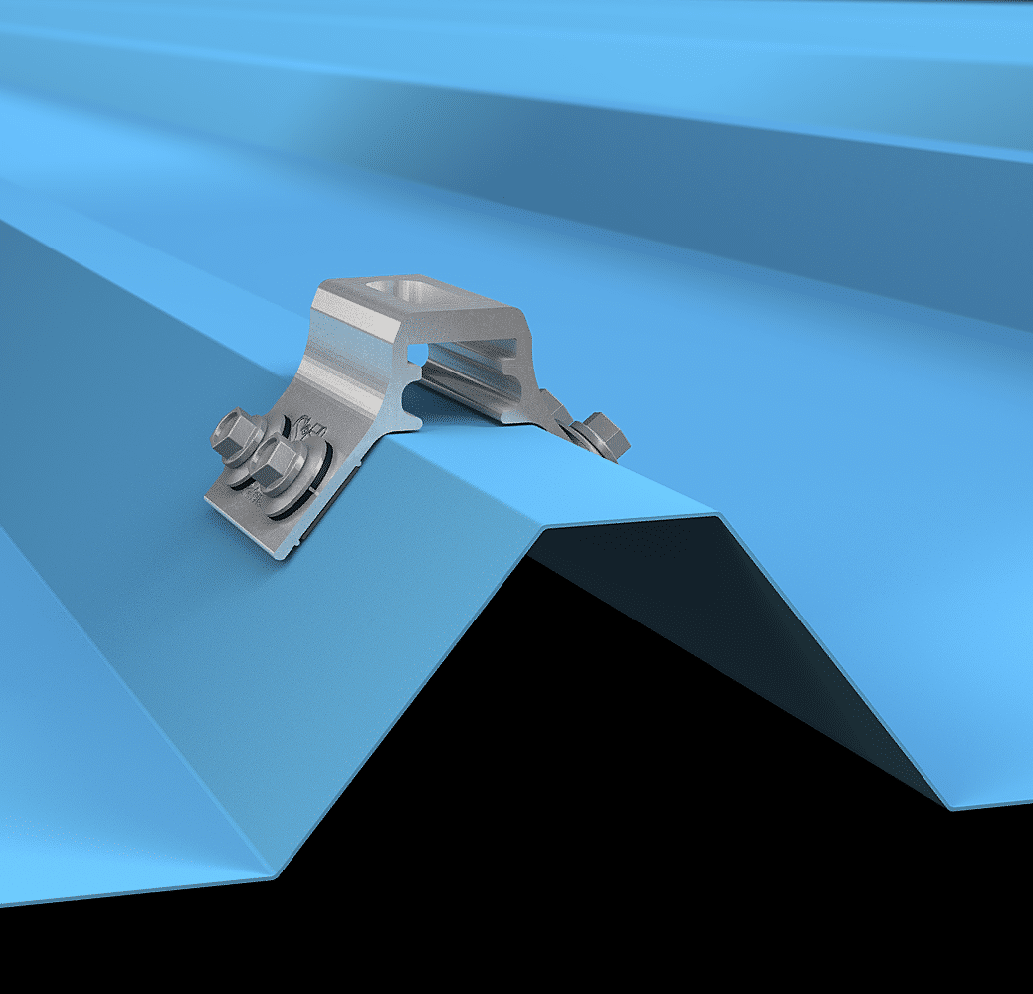electrofelon
Senior Member
- Location
- Cherry Valley NY, Seattle, WA
- Occupation
- Electrician
I have a corrugated thru fastener roof. How does one determine the number of, or allowable weight per S-5? S-5 provides fastener pull out and shear data, but they seem to be silent on the allowable weight on the metal roofing itself, that is so it doesn't deform or crush. Is this a blind spot, or am I just not finding this data? Maybe it's assumed this will never be an issue?


